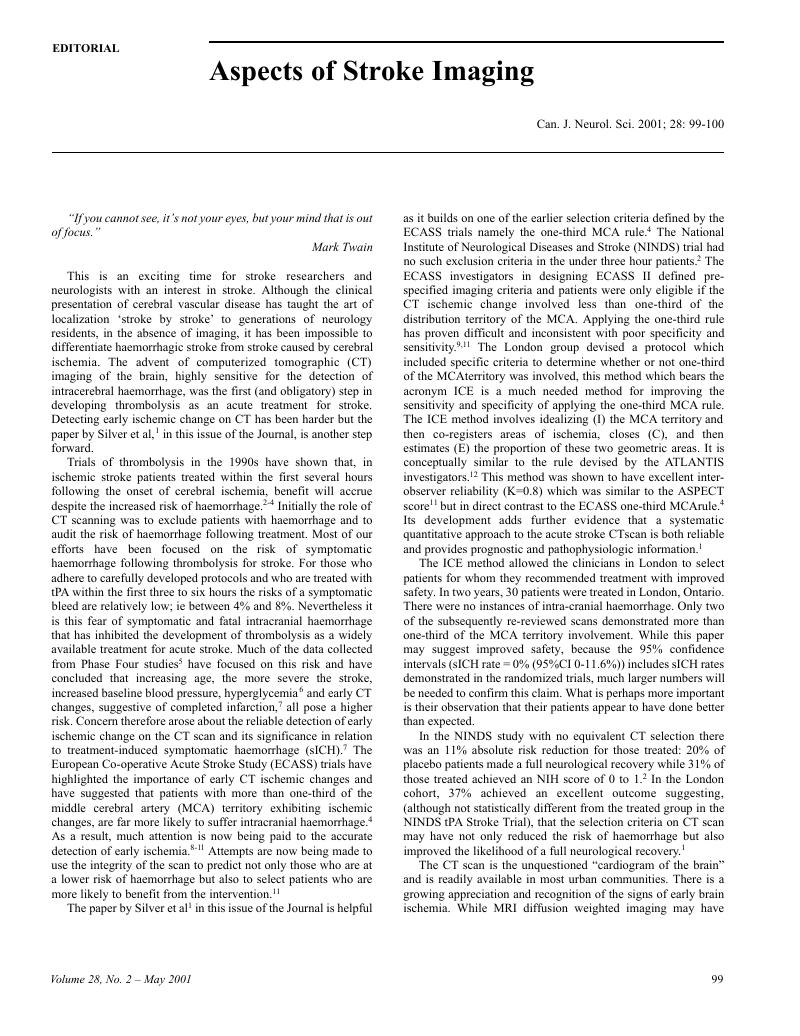Crossref Citations
This article has been cited by the following publications. This list is generated based on data provided by Crossref.
Fink, John N.
Selim, Magdy H.
Kumar, Sandeep
and
Schlaug, Gottfried
2001.
Why are stroke patients excluded from tPA therapy? An analysis of patient eligibility.
Neurology,
Vol. 57,
Issue. 9,
p.
1739.
Hand, P.J.
and
Wardlaw, J.M.
2001.
CT for Acute Ischaemic Stroke.
Practical Neurology,
Vol. 1,
Issue. 2,
p.
82.
Scaroni, R.
Tambasco, N.
Ciorba, E.
Parnetti, L.
Gallai, V.
and
Pelliccioli, G.P.
2003.
Studio PEACE.
Rivista di Neuroradiologia,
Vol. 16,
Issue. 1_suppl,
p.
193.
Lindley, Richard I
2005.
Thrombolysis in Acute Ischaemic Stroke.
CNS Drugs,
Vol. 19,
Issue. 6,
p.
539.





